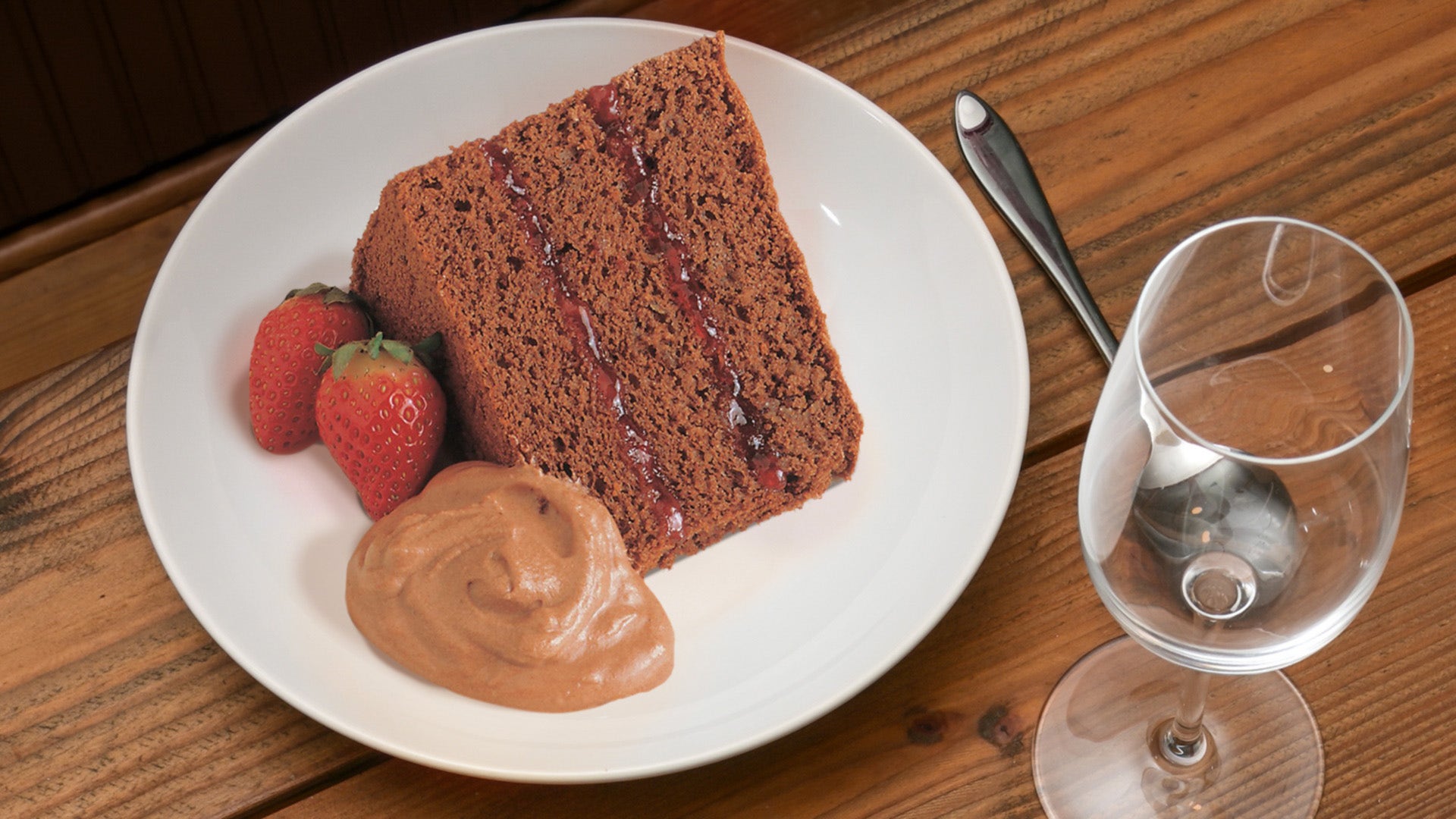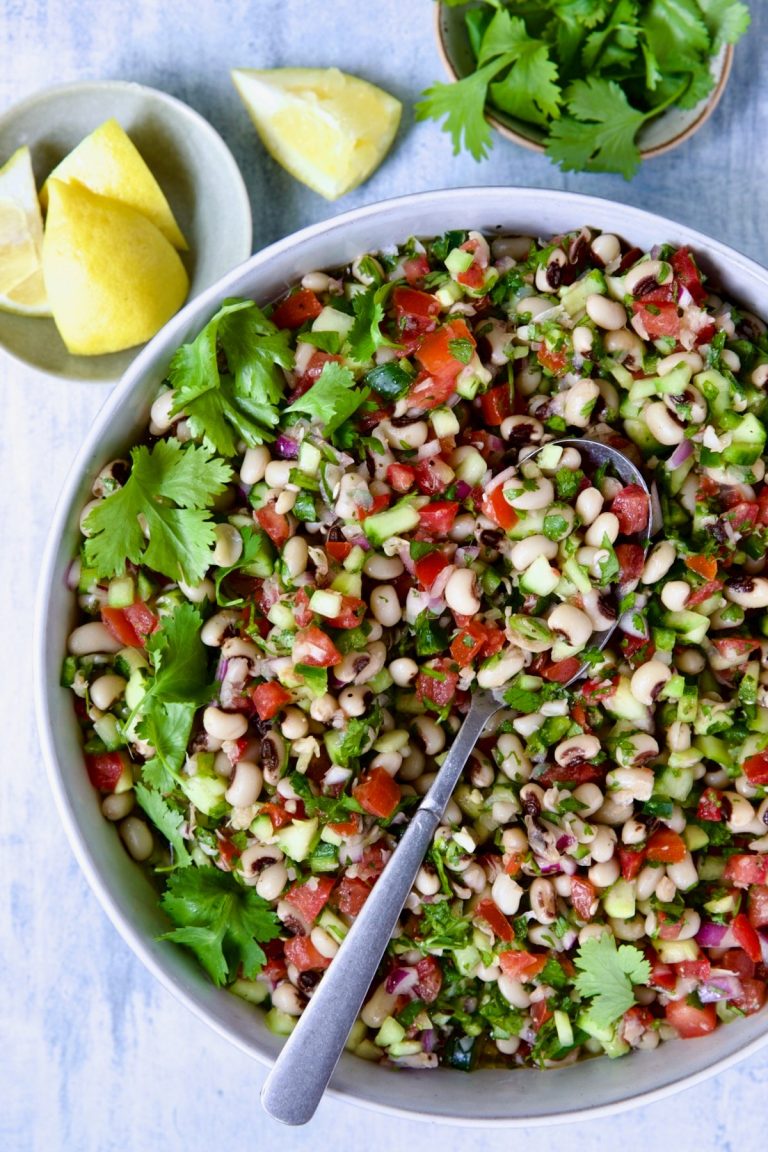Passover Sponge Cake: History, Tips, and Delicious Variations
Passover sponge cake dates back to the age-old Jewish tradition tied to celebrating Passover. During this festival, leavened products are forbidden, so sponge cake, which uses no leavening agents like yeast or baking powder, gained popularity. Its light and airy texture made it a perfect, permissible treat during Passover. This cake became a symbol of ingenuity and resilience, reflecting Jewish people’s adaptability in adhering to dietary restrictions while creating delightful desserts. Enjoyed across generations, it remains a staple at Seder tables worldwide.
Evolution of the Recipe Over Time
The original Passover sponge cake recipe involved matzo meal, eggs, sugar, and some form of oil or juice. Over time, variations emerged to improve flavor and texture. One popular variation includes replacing matzo meal with potato starch, resulting in a lighter, softer cake. Some modern recipes also incorporate citrus zest or juice to enhance taste. Despite changes, the core essence remains: a brilliant example of how traditional recipes can adapt while honoring cultural heritage.
Key Ingredients in Passover Sponge Cake
Flour Alternatives Used During Passover
Passover sponge cake uses specific flour alternatives due to the festival’s prohibition on leavened products. Instead of traditional flour, the cake typically incorporates matzo meal, cake meal, or potato starch.
- Matzo Meal: Ground from matzo, it has a coarse texture and maintains the cake’s integrity.
- Cake Meal: Finer than matzo meal, it offers a smoother texture while adhering to the dietary restrictions.
- Potato Starch: Enhances the cake’s light and airy quality, making it a popular choice for achieving the desired sponge effect.
Using these alternatives ensures you comply with Passover guidelines while still enjoying a delicious dessert.
Sweeteners and Flavor Enhancers
Sweeteners and flavor enhancers play a crucial role in the taste profile of Passover sponge cake. Granulated sugar, citrus zest, and vanilla extract are often used to achieve a balanced flavor.
- Granulated Sugar: Provides the necessary sweetness and helps stabilize the cake’s structure.
- Citrus Zest: Commonly from lemons or oranges, it adds a fresh, vibrant flavor.
- Vanilla Extract: Enhances the overall taste profile, adding a subtle yet rich aroma.
Incorporating these ingredients ensures your Passover sponge cake is both flavorful and compliant with festival restrictions.
The Role of Eggs in Sponge Cake
Why Eggs Are Crucial
Eggs are fundamental in creating the structure and texture of Passover sponge cake. They provide the necessary lift, replacing the traditional leavening agents which are forbidden during Passover. Egg yolks contribute fat, adding richness and moisture, while egg whites are beaten to incorporate air, resulting in a light and airy cake.
Techniques for Perfect Egg Incorporation
To achieve the best results, ensure that you follow specific techniques when incorporating eggs. Separate the eggs while they’re cold for easier handling, then allow them to reach room temperature before use. Beat the egg whites in a clean, grease-free bowl until they form stiff peaks. Fold the whites gently into the batter to maintain the airiness, using a gentle, over-and-under motion to avoid deflating the mixture. This process helps create the signature light texture of Passover sponge cake.
Step-by-Step Baking Guide
Preparing Your Ingredients
Start by gathering all necessary ingredients for Passover sponge cake to streamline the baking process. Ensure you have:
- 1 cup of matzo cake meal.
- 1/4 cup of potato starch.
- 1 1/2 cups of granulated sugar.
- Zest of 1 lemon.
- 1 tablespoon of lemon juice.
- 1/4 teaspoon of salt.
- 8 large eggs, separated into whites and yolks.
- 1/4 cup of water.
First, sift the matzo cake meal and potato starch together to eliminate lumps. Next, combine the sugar with lemon zest and juice in a separate bowl to enhance citrus flavor.
Ensure there are no traces of yolk in the egg whites to facilitate stiff peaks. Start with room-temperature eggs for easier separation and better volume when beaten.
Baking and Cooling the Cake
Preheat your oven to 350°F. While the oven heats, grease a 9-inch tube pan with removable sides to ensure easy cake removal.
In a large mixing bowl, beat the egg yolks with water until pale and thick. Gradually add in the sugar mixture, continuing to beat until well-integrated. Fold in the matzo cake meal and potato starch mixture gently to maintain the batter’s lightness.
In another bowl, beat the egg whites and salt to stiff peaks. Carefully fold the beaten egg whites into the batter in batches to preserve the airiness.
Pour the batter into the prepared pan and smooth the top. Bake for 45-50 minutes until the cake is golden brown and a toothpick inserted comes out clean. Invert the pan immediately after baking to cool and prevent deflation. Allow the cake to cool completely before removing it from the pan.
Variations of Passover Sponge Cake
Adding Fruits and Nuts
Incorporating fruits and nuts can elevate the flavor and texture of your Passover sponge cake. Diced apples and pears add moisture and sweetness, enhancing the cake’s overall appeal. Chopped nuts like almonds and walnuts introduce a pleasant crunch and nutty depth. Ensure fruit pieces are uniformly cut and mixed in just before baking to distribute them evenly throughout the batter. Aim to keep added nuts finely chopped for better integration into the cake.
Creative Flavor Twists
Experimentation with different flavors offers a new take on traditional recipes. Infusing your sponge cake with citrus zest, such as orange or lemon, will create a refreshing and aromatic experience. For a more adventurous twist, incorporate spices like cinnamon, nutmeg, or even cardamom. Vanilla and almond extracts also contribute unique undertones that complement the cake’s natural lightness. Introduce these flavorings at the batter mixing stage to ensure they blend seamlessly.
Tips for the Perfect Passover Sponge Cake
Avoiding Common Baking Mistakes
Ensure sifted flour mixture is evenly distributed to prevent clumping. This maintains a uniform texture. When beating egg whites, use a clean, dry bowl to reach stiff peaks easily. Any fat or grease can inhibit peak formation. Fold the egg whites gently into the batter. Over-mixing deflates them, leading to a denser cake. Use fresh ingredients. Stale ones affect both taste and texture. Avoid opening the oven door during baking. This causes the cake to collapse due to sudden temperature changes. Bake at the recommended temperature to avoid overcooking or undercooking. Check using a toothpick inserted in the center; it should come out clean.
Storage and Freshness Tips
Store Passover sponge cake properly to maintain freshness. Wrap the cooled cake in plastic wrap or place it in an airtight container. Keep it at room temperature for up to three days. For longer storage, refrigerate the cake. Ensure it’s well-wrapped to prevent drying out. Freeze the cake for up to three months if needed. Thaw it at room temperature before serving. To retain moisture and flavor, avoid exposing the cake to air for extended periods.
Conclusion
Mastering the art of Passover sponge cake can elevate your Seder table and delight your guests. By understanding its cultural roots and experimenting with various flavors, you can create a memorable dessert. Remember to pay attention to ingredient preparation and follow the baking tips for the best results. Proper storage ensures your cake remains fresh and delicious, ready to be enjoyed throughout the holiday. With these insights, you’re well-equipped to bake a light and airy Passover sponge cake that honors tradition while adding your personal touch.





